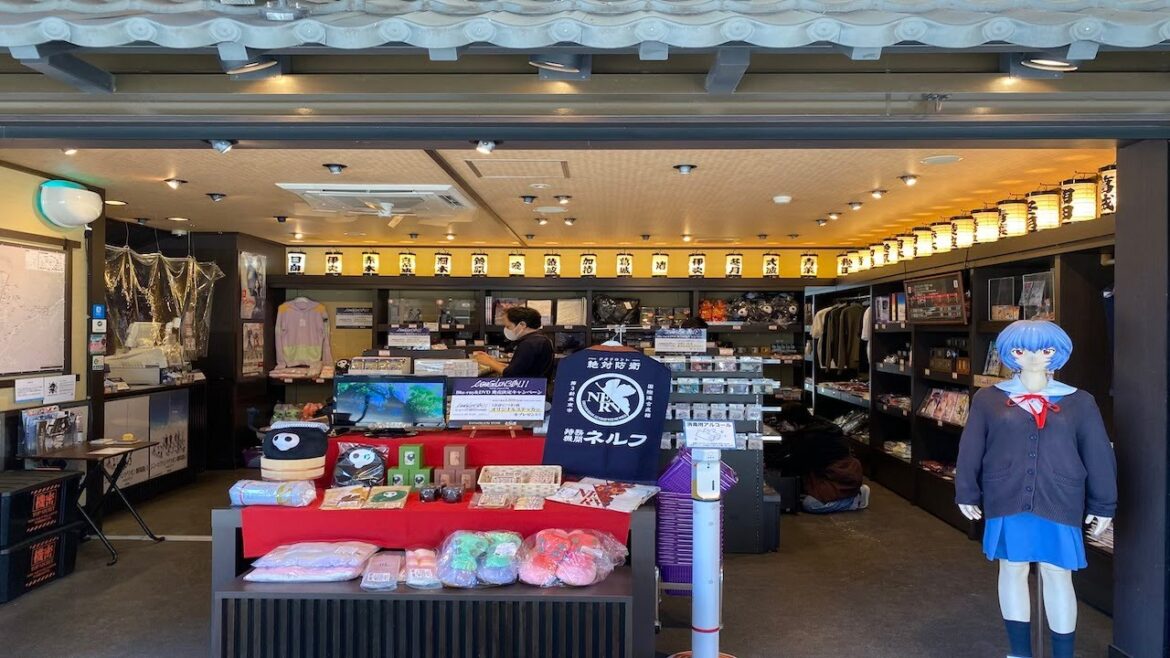SUBSCRIBE my YouTube channel and you’re always watching my funny videos from Japan! #hakone #japan #travel
►SHINTARO :
Instagram : https://www.instagram.com/shintaro_tkd
Twitter : https://twitter.com/shintaro_tkd
________________________________
◐SPECIAL THANKS◐
►Suzoh :
Linktree : https://linktr.ee/Suzoh
Facebook : https://www.facebook.com/suzohoff
Instagram : https://www.instagram.com/suzoh.r
Twitter : https://twitter.com/SuzohR
►LION :
Twitter : https://twitter.com/fesfem_m_lion
►ナナホラ :
YouTube : https://youtube.com/channel/UCUuThu-78G9hRQnRXwD3A3w
________________________________


3 Comments
A practice to prevent rebellion
This parade has origins in the Edo period practice of sankin kotai, or alternate attendance, in which feudal lords were required to spend alternating years in Edo (now Tokyo).
By requiring feudal lords not only to travel to Edo every other year, but also maintain residences in both places, the shogun was able to limit their financial power and thus discourage rebellion.
Boisterous samurai on parade
Recreating the procession leaving for Edo, the Hakone Daimyo Parade departs from Sounji at 10 a.m. All members of the procession have their own roles and are armed with different weapons as they carry their lord along in a palanquin, shouting "Down! Down! The Lord comes!"
The parade finally reaches its destination, the Yumoto Fujiya Hotel, a little after 2 p.m.
The bands play on, and the dancers shake a leg
There are also performances by marching bands accompanying both the beginning and end of the parade. Visitors can also see traditional dance performances unique to hot spring areas.
Oooh n.n 🤗❤️
Thanks for this nice video. Greetings from Germany 🙂